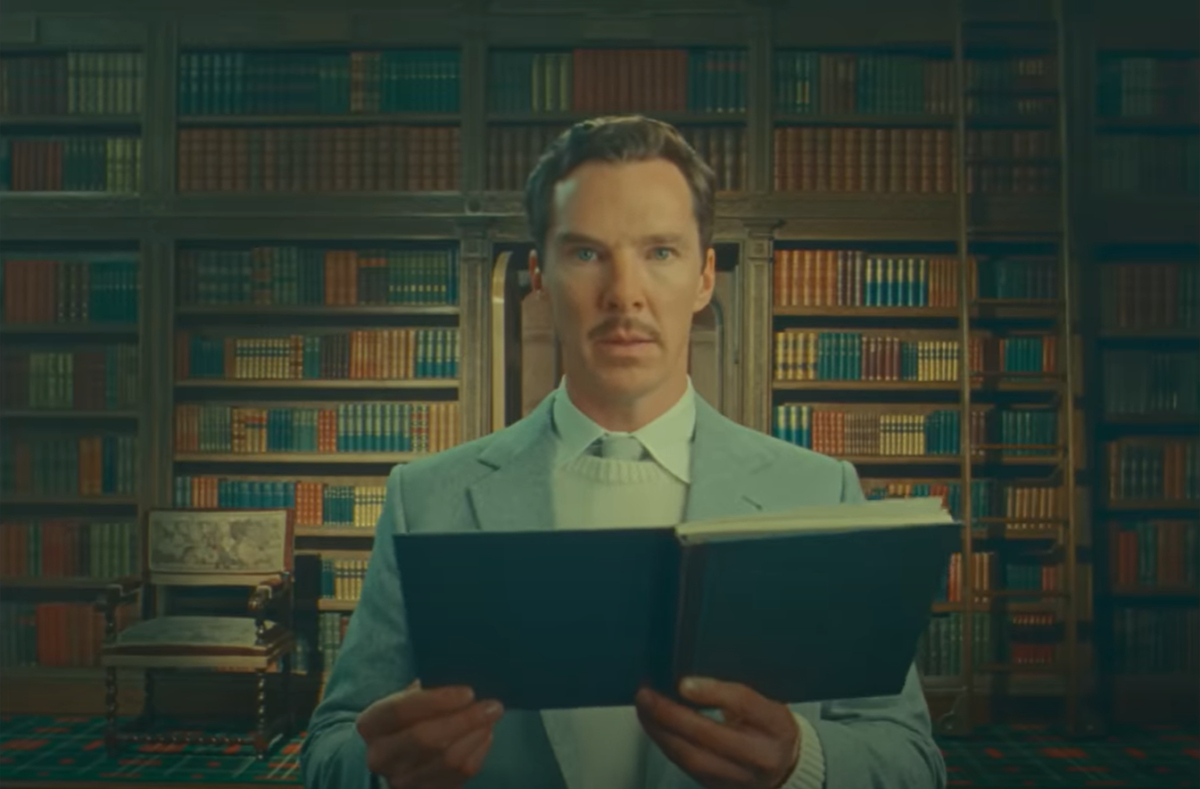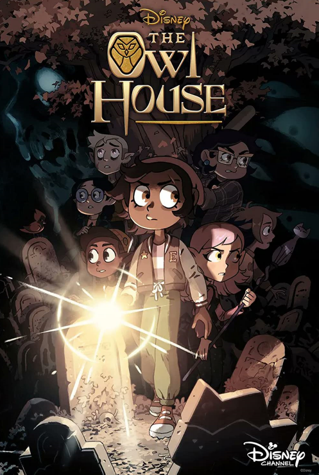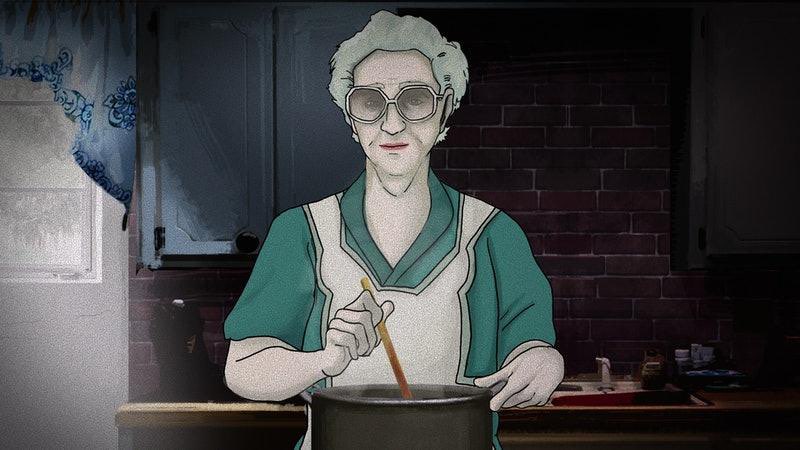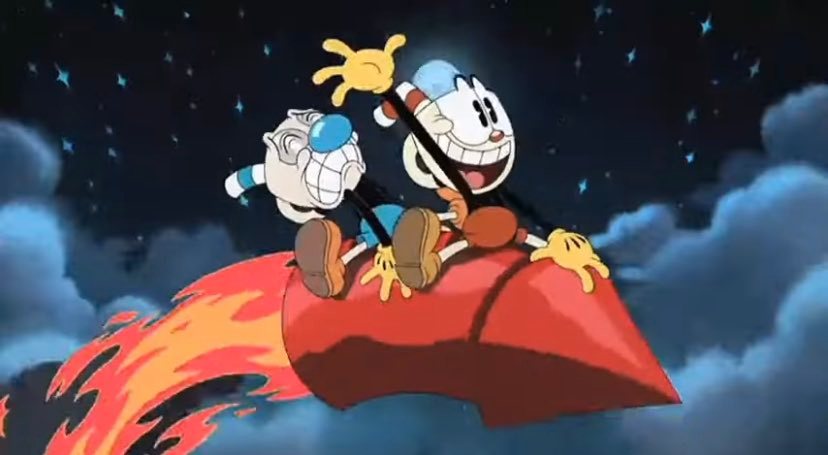Searching “Allen Ginsberg” on Google Images, few images that pop up bear any similarity to James Franco in Howl. The Ginsberg we see the most is a Maharishi-type, a man we would expect to find making mad prophecy. His appearance mirrors his apparent eccentricity. This version already has been portrayed by David Cross in I’m Not There, and so it only makes sense that the younger, innocent Ginsberg is presented as a reminder of the man as something more than a caricature. Thankfully, the wily zaniness is still intact, and the result is delightful.
If you’ve taken a course on American literature, you’ve likely read “Howl” along with maybe an excerpt from Jack Kerouac’s On the Road (if you haven’t, hop to it). Dedicated to friend Carl Solomon, the poem is a disjointed odyssey through young angst, the aggression that comes from observations of politics, mental patients, family disintegration, and frustrated homosexuals. The poem fluttered with references to “angelheaded hipsters” and “Moloch whose eyes are a thousand blind windows.” You were very likely fascinated or infuriated by it, and maybe a combination of both. I had no idea what to think of it at first; at the time, I was looking for narrative and found nothing, and so it baffled me. But the language of it – there’s absolutely nothing like it. That stuck with me the most, and so when I read it again, I read it for the words and the words alone. I became enraptured by it, and to see this film just made me love the poem even more.
Howl, an essay film surrounding the power of Ginsberg’s famous poem, comes from documentary filmmakers Rob Epstein and Jeffrey Friedman. This is the pair’s first scripted film, but it is not a typical biopic; Howl is basically an exploration of the mind and myth of Ginsberg’s life during the time which he wrote the poem, recreating old footage and photos through black and white dramatization. James Franco, Hollywood’s premier smartypants and now fledgling writer, portrays Ginsberg, and does so charismatic vigor. Reciting Ginsberg’s howls of pain, lust, and longing to the nodding Beats in the smoky, squeaky Six Gallery, Franco will hypnotize you. There’s nothing like word read on a page, but they do not fully breathe until they are read out loud with uninhibited passion.
Interspliced between these scenes are various documentary clips, as well as recreated interviews and bits from the 1957 obscenity trial, featuring an all-star cast of John Hamm (Mad Men), David Strathairn (The Bourne Ultimatum), and Jeff Daniels (Dumb and Dumber). These scenes are the hokiest the film offers, yet as an essay film (one more dependent on reach a valid thesis than a plot), Howl needs these scenes to encapsulate the yay and nay attitudes of the period. The lawyers, judges, and witnesses go for broke with their presentations of what defines literature, causing me to cheer internally.
The centerpiece of it all is the animated interpretation of the poem itself. Whenever I read “Howl” I always approach it the same way I would the Book of Revelation in the Bible, itself an expressive, hallucinatory vision of the times. The animation itself is not Pixar-worthy, but fascinating nevertheless. What matters is how the creators envision the poem, making it as accurate to their own ref’slection as they possibly can. The sequences vibrantly explode and bring the poem to life. If a professor were teaching this poem, the entirety of Howl would greatly serve its purpose both as a portrait of an artist as a young man, as well as an aid for discouraged and vivified students alike.
As a budding writer, I was inspired by Howl’s lessons for finding a unique voice that is fully personal. With all the influences we surround ourselves with, it can be hard to not be swayed by another’s style, but if one wants to be original, they must find a way to use their own personal language. Allen Ginsberg was a soldier for the English vernacular, one who dared to express himself, and as a result found his work under fire. Standards have changed since then, and people have used explicit words and images to truly obscene ends, but “Howl” is a groan, a sigh, not a regurgitation. Howl is a great reminder of how inspirational the Beat Generation continues to be, years after their hay day, and an inspirational portrait of a true American hero.






